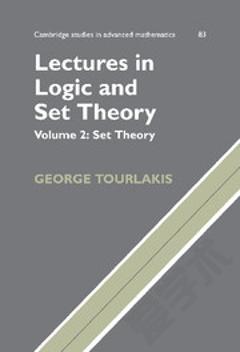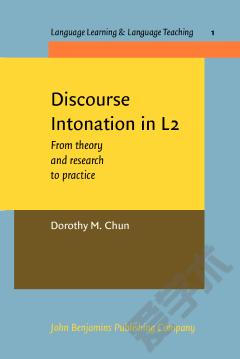The Dative. Volume 2: Theoretical and contrastive studies.
This book is the second part of a two-volume reader on the ‘Dative’. In the first part, which appeared in 1996, eleven papers were presented providing a syntactic and semantic description of the category ‘Dative’ in eleven languages. The aim of this second part is to discuss several aspects of the Dative in greater detail. It contains eight papers dealing with theoretical considerations on ‘dativity’ as well as with contrastive, typological and diachronic issues. A major concern is the relation between form (case, grammatical relation) and meaning (semantic roles or other kinds of meaning). Most contributions in this volume represent cognitive and functional views or a critical discussion of them.As in the first volume, the linguistic material mainly stems from Germanic and Romance languages. Contemporary English is the basis for Davidse’s theoretical claims; Pasicki studies the dative in Old English. Dutch appears especially in Geeraerts’ semantic analysis, but also in the papers by Draye, Lamiroy & Delbecque and Van Langendonck. Draye, Lamiroy & Delbecque and Melis also take German into consideration. Latin is dealt with by Melis and Van Langendonck. Modern Romance languages, especially French, provide further data for Melis and Lamiroy & Delbecque. Finally, Newman adduces a variety of languages for his typological analyses.
{{comment.content}}








 京公网安备 11010802027623号
京公网安备 11010802027623号